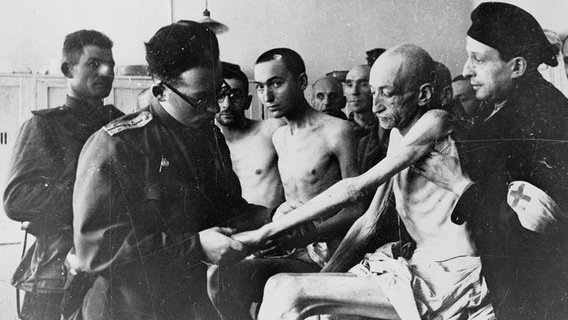Status: 01/26/2021 12:42 p.m.
“Shoah”, Claude Lanzmann’s ten-hour documentary about the Holocaust, is now available online for the first time. NDR Kultur film critic Katja Nicodemus thinks that the film has not lost its importance even 36 years after it was released.
“Shoah “is a film about a crime against humanity that cannot be put into a film. Claude Lanzmann did it anyway – what was the impetus for what was actually an impossible undertaking?
Katja Nicodemus: Claude Lanzmann made his cinema debut in 1972 with “Why Israel”, a cheerful, serious, questioning essay film dealing with the still young nation of Israel. That was a great success. That is why the British Foreign Office asked Lanzmann if he could make a documentary about the extermination of the Jews. He accepted this without knowing what exactly – because he first had to develop an attitude with which he could approach his interlocutors and with which he could also re-explore the limits of documentary film. Because “Shoah” was to a certain extent a new genre of documentary film.
How would you describe this attitude?
Nicodemus: I think it consisted of decisions against something: against archive images and documents that suggest that something is finished and history; against the use of music; against a comment. Claude Lanzmann was concerned with an evocation of the pure presence of memory. He visited the places of annihilation over which grass had grown. That is why the beginning of “Shoah” is so shocking or even paradigmatic. Lanzmann drives with Szymon Srebrnik to Chełmno, where he, at the age of 13, dragged the corpses of murdered Jews from gas trucks and had to burn them. There this man, now in his 40s, says: “This is the place.” And then he speaks.
Further information

 –
–

